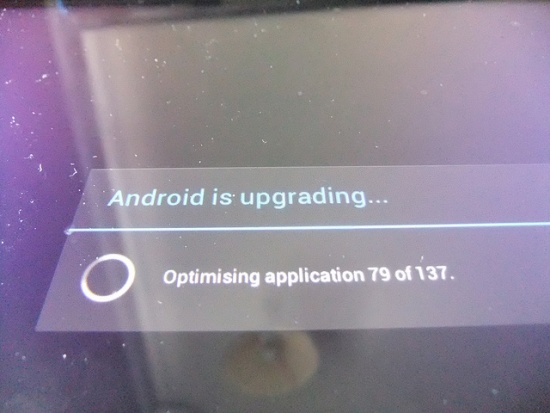
6. Updates
The issue of upgrades is basically a software issue, but it deserves special attention, especially if your choice is Android. This is because a lot of Android phone manufacturers tend to neglect updates to the latest Android version, especially on cheaper phones. It is common that updates stop after a year if not sooner, or they are delayed for months.
This is typically because of manufacturer’s customizations to Android. Every time Google releases a new version of Android they first need to port all of their own modifications to the new version before they can release an update, which causes delays. Sometimes they don’t even bother to release updates after a year, because they focus on their latest phones.
So your best bet is to get a phone which runs the version of Android that comes straight from Google. This includes:
- Any Nexus phone, regardless of manufacturer
- Moto X (since Motorola is owned by Google)
- Any other manufacturer’s phones that specifically advertise running “stock Android” or “vanilla Android”, like HTC One Google Play Edition or Samsung Galaxy Google Edition
- Cheaper phones from the likes of Prestigio, Gigabyte and others which don’t bother with adding their own modifications because it costs to do so.
Otherwise you’ll need to check the manufacturer’s previous update practices and what their usual policy is to see how regularly and for how long do they release updates.
If you go for Windows Phone you can expect updates within the major version. For example if you’ve got Windows Phone 8 you can expect an update to Windows Phone 8.2 up to Windows Phone 8.9 or more, but it is questionable whether you’ll get Windows Phone 9 judging from Microsoft not offering an upgrade path from an earlier Windows Phone 7 to 8. That said, since Microsoft is taking about a year and a half or two years between major version bumps this might not be an issue.
If you go for iPhone you’re all set because Apple sends updates to the latest version of iOS immediately after its public release, and they tend to support all of the recent models. For example when Apple releases iOS 8 in the fall of 2014 the oldest phone it will support will be iPhone 4S, which was released in October 2011. That means that you get all of the updates for at least three years. If you buy iPhone 6 the latest iOS update you’ll get should be iOS 11, if they don’t change their practice by then.
You might wonder why do updates matter. The truth is that they don’t matter to everyone, but nobody would scoff at having the latest and greatest so there’s no reason to try and get a phone where updates to latest versions are guaranteed. Besides that, updates can patch up any security issues, and they bring in latest and greatest features that can make your phone feel as if new even if it’s already a year or two old.
Photo by Lee Haywood. Some rights reserved.




Follow Us!